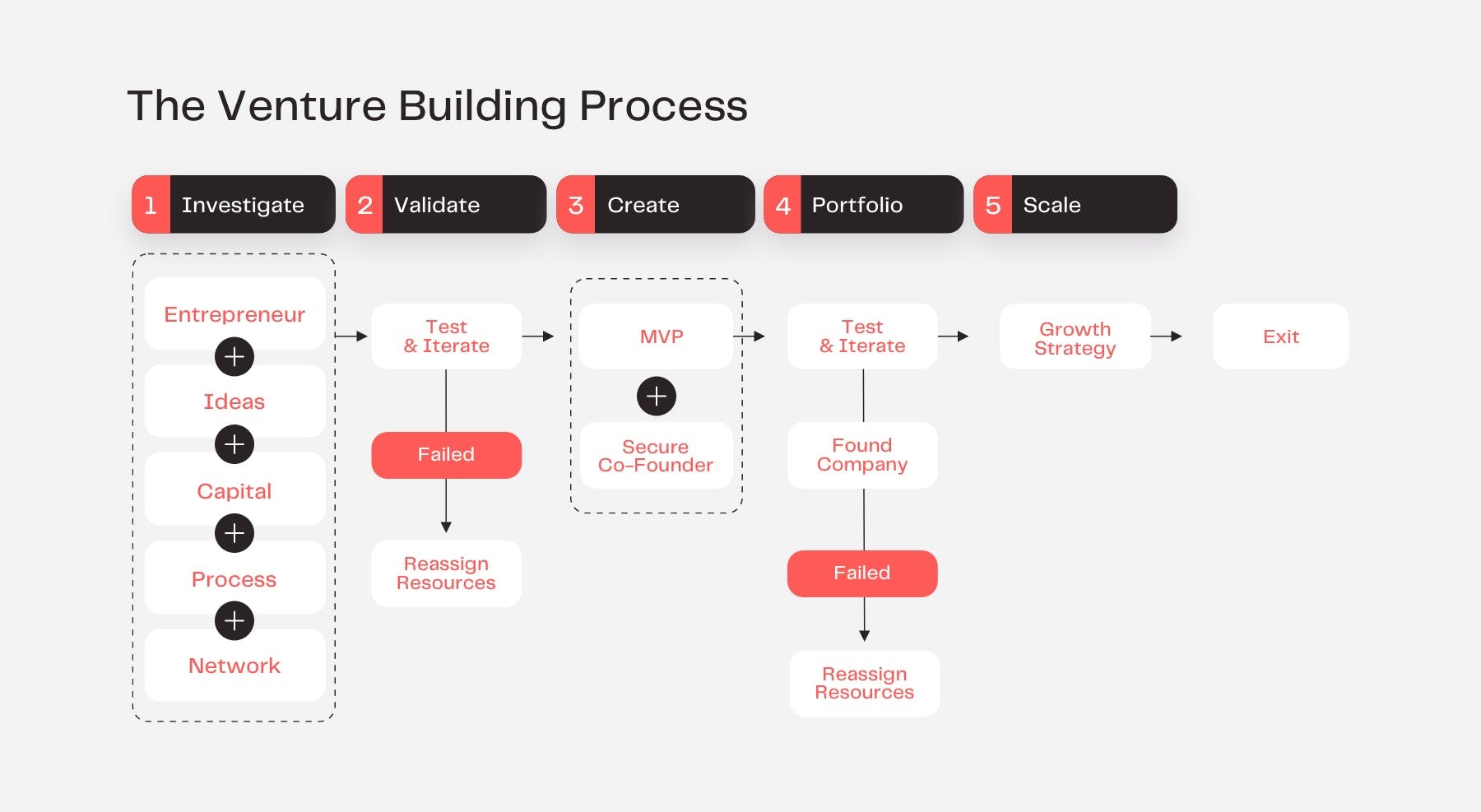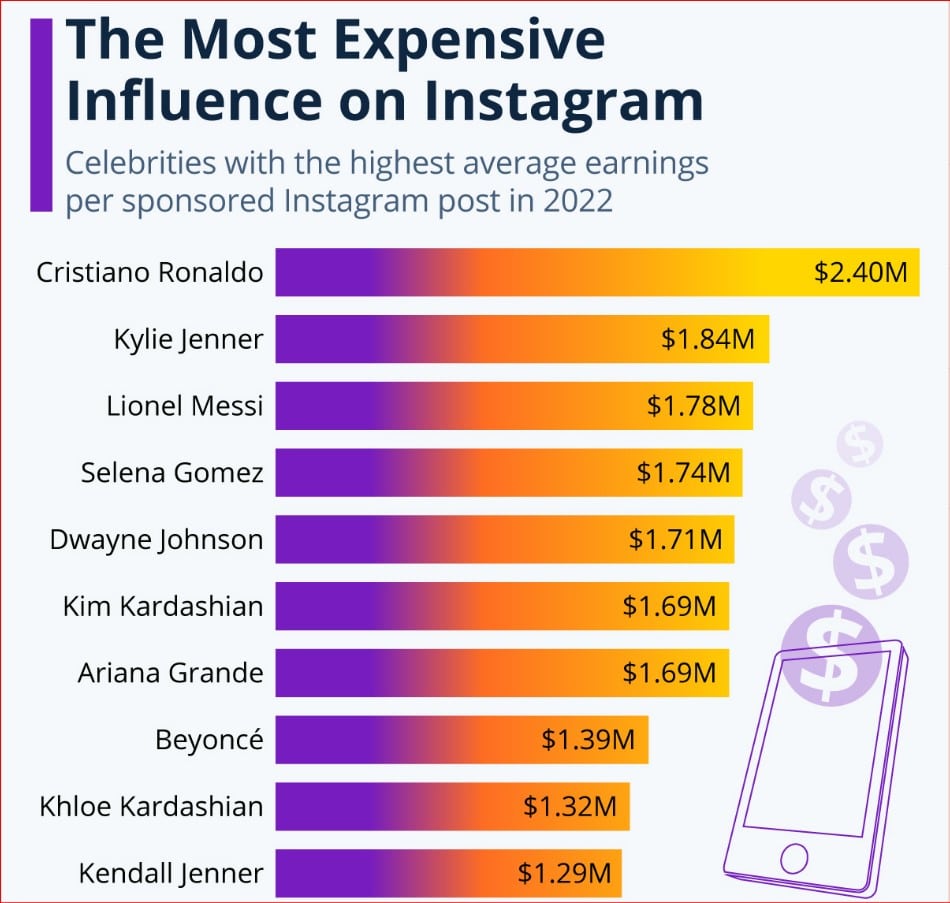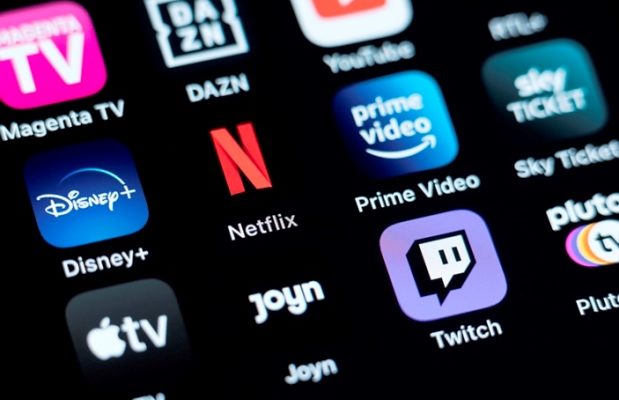The Business Model Behind Successful Series
Series have become a lucrative business model, generating billions of dollars in revenue each year. But have you ever wondered how series make money? The answer lies in a combination of revenue streams that contribute to their financial success. Advertising, sponsorships, merchandise sales, and subscription-based models are just a few of the ways series creators can monetize their content.
At its core, a series is a form of entertainment that tells a story through a sequence of episodes. However, the business model behind a series is much more complex. Series creators must consider production costs, talent fees, marketing expenses, and distribution deals when developing their content. By understanding the various revenue streams available to them, series creators can optimize their business model and increase their chances of success.
One of the primary revenue streams for series is advertising. Advertisers are willing to pay top dollar to reach the large and engaged audiences that series attract. Series creators can integrate product placements, branded content, and sponsored episodes into their shows to generate revenue. For example, a popular series like “Stranger Things” can partner with brands like Coca-Cola or Nike to feature their products in episodes.
In addition to advertising, sponsorships are another key revenue stream for series. Series creators can partner with brands to create immersive and engaging experiences that promote their products or services. For example, a series like “The Walking Dead” can partner with a brand like Hyundai to feature their vehicles in episodes.
Merchandise sales are also a significant revenue stream for series. Fans of popular series like “Game of Thrones” or “Star Wars” are willing to pay top dollar for merchandise like clothing, toys, and accessories. Series creators can leverage their popularity to sell merchandise and generate additional revenue.
Finally, subscription-based models have disrupted the traditional television model and created new revenue streams for series creators. Services like Netflix, Hulu, and Amazon Prime have given series creators the opportunity to produce content without the need for traditional advertising or sponsorships. Instead, series creators can focus on producing high-quality content that attracts and retains subscribers.
By understanding the various revenue streams available to them, series creators can develop a successful business model that generates significant revenue. Whether it’s through advertising, sponsorships, merchandise sales, or subscription-based models, series creators have a range of options to monetize their content and achieve financial success.
Advertising and Sponsorships: The Primary Revenue Drivers
Advertising and sponsorships are two of the primary revenue drivers for series creators. By partnering with major brands and advertisers, series can generate significant revenue through product placements, branded content, and sponsored episodes. For example, a popular series like “The Walking Dead” can partner with a brand like Hyundai to feature their vehicles in episodes, generating revenue through product placement.
Series creators can also integrate branded content into their shows, creating immersive and engaging experiences for viewers. This can include product integrations, where brands pay to have their products featured in episodes, or branded episodes, where brands create custom content that is integrated into the series. For example, a series like “Stranger Things” can partner with a brand like Coca-Cola to create a branded episode that features the brand’s products.
Sponsored episodes are another way that series creators can generate revenue through advertising and sponsorships. In this model, brands pay to sponsor entire episodes of a series, often with custom content that is integrated into the episode. For example, a series like “The Handmaid’s Tale” can partner with a brand like Hulu to create a sponsored episode that features the brand’s products and services.
By partnering with major brands and advertisers, series creators can generate significant revenue through advertising and sponsorships. This revenue can be used to fund production costs, talent fees, and marketing expenses, helping to ensure the long-term success of the series.
In addition to generating revenue, advertising and sponsorships can also help to increase brand awareness and engagement for series creators. By partnering with major brands and advertisers, series creators can reach new audiences and build a loyal fan base, which can lead to increased revenue through merchandise sales, crowdfunding, and other fan-driven initiatives.
Overall, advertising and sponsorships are two of the primary revenue drivers for series creators, offering a range of opportunities for generating revenue and increasing brand awareness and engagement.
Merchandising and Licensing: Monetizing Fandom
Merchandising and licensing are two lucrative revenue streams for series creators, allowing them to monetize their fans’ enthusiasm and loyalty. By selling merchandise such as clothing, toys, and accessories, series creators can generate significant revenue and increase their brand’s visibility.
One of the most popular forms of merchandise is apparel, with fans eager to wear clothing and accessories featuring their favorite characters or logos. For example, the popular series “Game of Thrones” has a vast range of merchandise, including t-shirts, hoodies, and hats, which are sold through various online and offline channels.
Toys and collectibles are another popular form of merchandise, with fans willing to pay top dollar for rare and unique items. For example, the series “Star Wars” has a vast range of toys and collectibles, including action figures, model kits, and prop replicas, which are highly sought after by fans.
Licensing agreements are also a key revenue stream for series creators, allowing them to partner with other companies to produce and distribute merchandise. For example, a series like “The Walking Dead” can partner with a company like AMC to produce and distribute merchandise, such as toys, clothing, and accessories.
By leveraging their popularity and fan base, series creators can generate significant revenue through merchandising and licensing. This revenue can be used to fund production costs, talent fees, and marketing expenses, helping to ensure the long-term success of the series.
In addition to generating revenue, merchandising and licensing can also help to increase brand awareness and engagement for series creators. By creating a range of merchandise and licensing agreements, series creators can reach new audiences and build a loyal fan base, which can lead to increased revenue through other channels, such as advertising and sponsorships.
Overall, merchandising and licensing are two important revenue streams for series creators, offering a range of opportunities for generating revenue and increasing brand awareness and engagement.
Subscription-Based Models: The Rise of Streaming Services
The rise of streaming services has disrupted the traditional television model and created new revenue streams for series creators. Services like Netflix, Hulu, and Amazon Prime have given series creators the opportunity to produce content without the need for traditional advertising or sponsorships. Instead, series creators can focus on producing high-quality content that attracts and retains subscribers.
Subscription-based models have become a lucrative revenue stream for series creators, with millions of subscribers paying monthly fees to access their favorite shows. For example, Netflix has over 220 million subscribers worldwide, generating billions of dollars in revenue each year. Similarly, Hulu and Amazon Prime have also seen significant growth in their subscriber base, with millions of users paying for their services.
The success of subscription-based models can be attributed to the flexibility and convenience they offer to viewers. With streaming services, viewers can watch their favorite shows at any time and on any device, without the need for traditional television schedules or advertising. This has led to a shift in viewer behavior, with many opting for streaming services over traditional television.
Series creators can benefit from subscription-based models by producing content that is tailored to the specific needs and preferences of their audience. By understanding their audience’s viewing habits and preferences, series creators can produce content that is more likely to attract and retain subscribers. This can lead to increased revenue and a loyal fan base, which can be leveraged to promote other revenue streams, such as merchandise sales and licensing agreements.
In addition to generating revenue, subscription-based models can also help series creators to build a loyal fan base. By producing high-quality content that resonates with their audience, series creators can foster a sense of community and engagement among their viewers. This can lead to increased word-of-mouth marketing and positive reviews, which can help to attract new viewers and increase revenue.
Overall, subscription-based models have become a key revenue stream for series creators, offering a range of opportunities for generating revenue and building a loyal fan base.
International Sales and Distribution: Expanding Global Reach
International sales and distribution are crucial for series creators looking to expand their global reach and generate additional revenue. By selling their series to foreign markets, creators can tap into new audiences and increase their revenue streams.
There are several ways that series creators can sell their content to foreign markets. One common method is through distributors, who act as intermediaries between the creator and the foreign market. Distributors can help series creators navigate the complexities of international sales and distribution, and can often secure better deals than creators could on their own.
Another way that series creators can sell their content to foreign markets is through online platforms. Services like Netflix, Hulu, and Amazon Prime have made it easier for creators to reach global audiences, and have created new opportunities for international sales and distribution.
International sales and distribution can be a lucrative revenue stream for series creators, but it requires careful planning and execution. Creators must consider factors like cultural differences, language barriers, and local regulations when selling their content to foreign markets.
Despite the challenges, many series creators have found success in international sales and distribution. For example, the popular series “Game of Thrones” has been sold to over 170 countries worldwide, generating hundreds of millions of dollars in revenue.
By expanding their global reach through international sales and distribution, series creators can increase their revenue streams and build a loyal fan base around the world. This can lead to increased opportunities for merchandise sales, licensing agreements, and other revenue streams.
Overall, international sales and distribution are an important part of the series business model, and can help creators generate significant revenue and expand their global reach.
Brand Integration and Product Placement: The Future of Advertising
Brand integration and product placement are becoming increasingly popular in the series industry, as creators look for new ways to generate revenue and increase brand awareness. By partnering with brands to create immersive and engaging experiences, series creators can tap into new revenue streams and build a loyal fan base.
Brand integration involves the incorporation of a brand’s products or services into the series itself, often in a way that is organic and natural. For example, a series might feature a character using a specific brand of smartphone or driving a particular make of car. This can help to increase brand awareness and drive sales, as viewers are exposed to the brand in a more subtle and engaging way.
Product placement is a similar concept, but involves the placement of a brand’s products or services in a more overt way. For example, a series might feature a character drinking a specific brand of soda or using a particular type of computer. This can be a more effective way to increase brand awareness and drive sales, as viewers are more likely to notice the brand’s products or services.
By partnering with brands to create immersive and engaging experiences, series creators can generate significant revenue and increase brand awareness. For example, the popular series “Stranger Things” has partnered with brands like Coca-Cola and Nike to create branded content and product placements, generating millions of dollars in revenue.
Brand integration and product placement can also help series creators to build a loyal fan base, as viewers become more engaged and invested in the series. By creating a more immersive and engaging experience, series creators can increase viewership and drive revenue through merchandise sales, crowdfunding, and other fan-driven initiatives.
Overall, brand integration and product placement are becoming increasingly important in the series industry, as creators look for new ways to generate revenue and increase brand awareness. By partnering with brands to create immersive and engaging experiences, series creators can tap into new revenue streams and build a loyal fan base.
Fan Engagement and Community Building: The Key to Long-Term Success
Fan engagement and community building are crucial components of a successful series business model. By fostering a loyal fan base, series creators can increase revenue through merchandise sales, crowdfunding, and other fan-driven initiatives.
One way to build a loyal fan base is through social media engagement. Series creators can use social media platforms to connect with fans, share behind-the-scenes content, and promote their series. This can help to build a sense of community and encourage fans to share their love for the series with others.
Another way to build a loyal fan base is through fan events and conventions. These events provide a unique opportunity for fans to meet the cast and crew, attend panels and workshops, and purchase merchandise. By attending these events, series creators can connect with fans in person and build a loyal following.
Crowdfunding is another way that series creators can engage with fans and build a loyal following. By using platforms like Kickstarter or Indiegogo, series creators can raise funds for their series and involve fans in the production process. This can help to build a sense of ownership and encourage fans to promote the series to others.
Merchandise sales are also an important way that series creators can engage with fans and build a loyal following. By selling merchandise such as clothing, toys, and accessories, series creators can provide fans with a way to show their love for the series and generate additional revenue.
By building a loyal fan base, series creators can increase revenue and ensure the long-term success of their series. By engaging with fans through social media, fan events, crowdfunding, and merchandise sales, series creators can build a loyal following and create a sustainable business model.
Overall, fan engagement and community building are essential components of a successful series business model. By fostering a loyal fan base, series creators can increase revenue and ensure the long-term success of their series.
Measuring Success: The Metrics That Matter
Measuring the success of a series is crucial to understanding its revenue streams and optimizing its business model. There are several key metrics that series creators should use to measure success, including viewership, engagement, and revenue.
Viewership is a critical metric for series creators, as it indicates the number of people watching their series. This can be measured through metrics such as ratings, viewership numbers, and audience demographics. By understanding who is watching their series and how many people are watching, series creators can refine their marketing strategies and optimize their revenue streams.
Engagement is another important metric for series creators, as it indicates how invested viewers are in the series. This can be measured through metrics such as social media engagement, fan feedback, and audience participation. By understanding how engaged viewers are, series creators can develop strategies to increase engagement and build a loyal fan base.
Revenue is the ultimate metric for series creators, as it indicates the financial success of the series. This can be measured through metrics such as advertising revenue, merchandise sales, and subscription-based models. By understanding how much revenue their series is generating, series creators can refine their business model and optimize their revenue streams.
By using these metrics, series creators can gain a deeper understanding of their series’ performance and make data-driven decisions to optimize their revenue streams. This can help series creators to increase their revenue, build a loyal fan base, and achieve long-term success.
Ultimately, the key to success for series creators is to understand their audience, refine their marketing strategies, and optimize their revenue streams. By using the metrics outlined above, series creators can make informed decisions and achieve long-term success in the competitive world of series creation.







